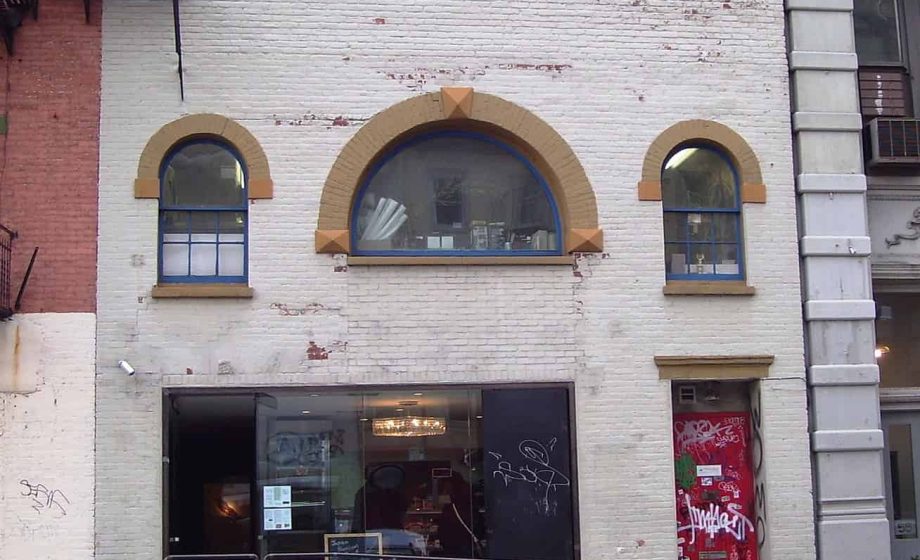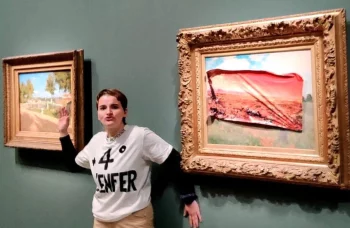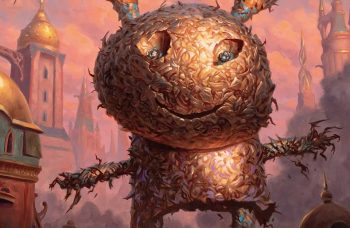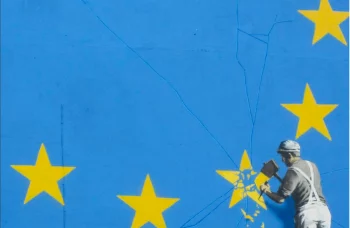Few can deny the headline-grabbing capability of besmirching the surface of beloved artworks—just look at the tactics of Just Stop Oil and its adjacent groups. Even despite the fact that these individuals mostly only smeared substances on protective glass, it was met with attention and outcry globally. And while those actions, idealistic but misguided as they were, often caused no lasting harm, there are those so absorbed in their perceived importance that they’ll go to the lengths of plastering over a beloved public art space to make headlines. Enter: Roberto Palacio.
Roberto Palacio is, for all intents and purposes, an unknown quantity in the New York art scene; in the spheres of gallery work, street art, and digital work, he seems to have little reach. This may be precisely the reasoning behind his recent actions. 57 Great Jones Street is the former home and studio of legend Jean-Michel Basquiat, as well as a historical property and popular spot for graffiti homages to the late artist. But as of July 10th, Palacio began a spree of whitewashing every work on the building’s edifice, even going so far as to paint over the commemorative plaque.
Making no attempt to hide himself as the perpetrator, Palacio has documented and taken credit for the actions in meandering and cryptic statements on his Instagram. He claims to be doing performance art as the Marvel character aka Jericho Drumm Brother Voodoo, as well as stating that he had meetings with the building’s owners for an exhibition of his work (a building which is officially being rented by Angelina Jolie, running her fashion label Atelier Jolie from it while aiming to maintain its creative legacy and homages (something the prior tenants, members-only restaurant Bohemian, had failed to do last year in their own whitewashing of the building)).
While street art is ephemeral by nature and lives in the constant possibility of erasure by urban development and private or public remodelling, it is unexpected to see a purported part of the arts community take to wiping away the works of others to increase buzz around him. Robert Palacio claims his actions echo the respectfully iconoclastic Rauschenberg piece Erased de Kooning Drawing, but it is hard to see it as anything more than sensationalizing vandalism.





